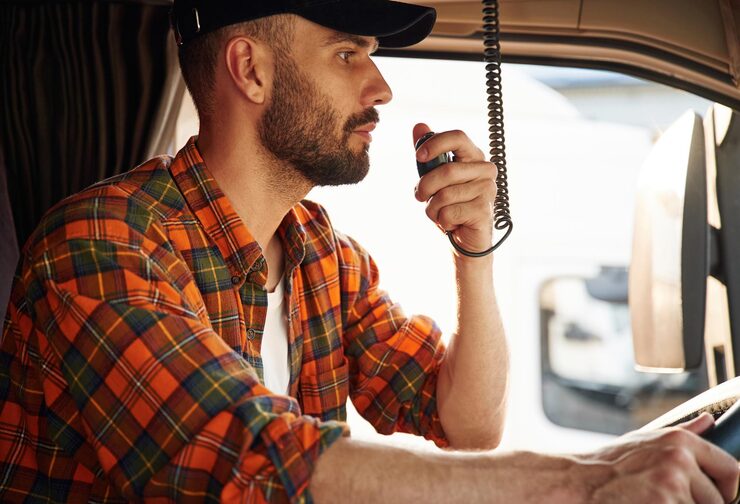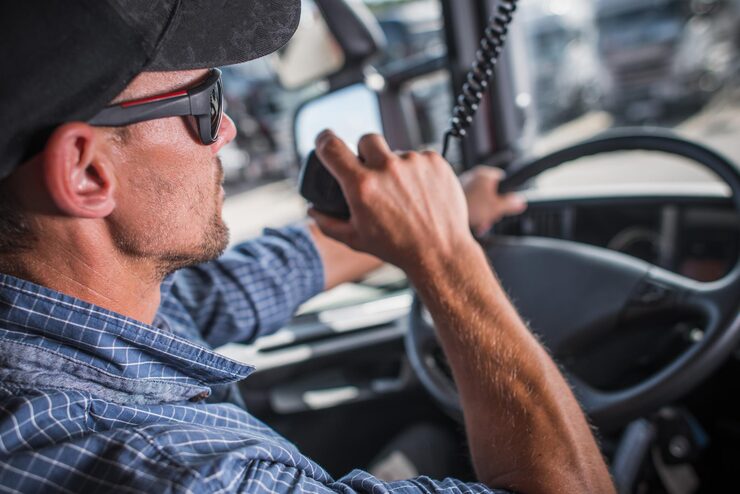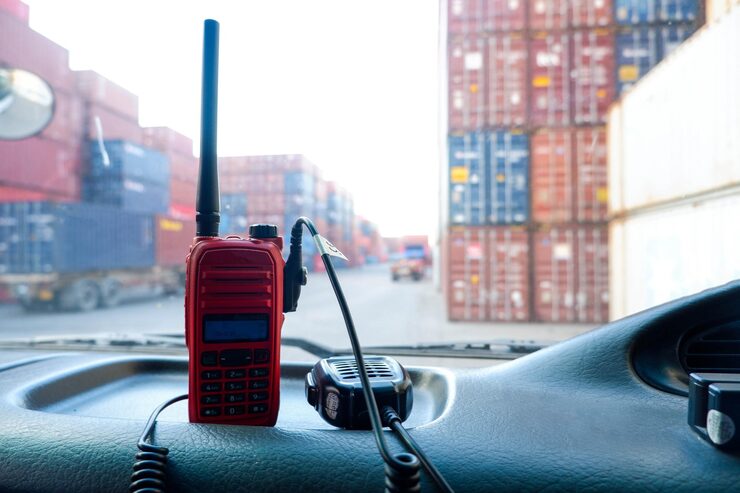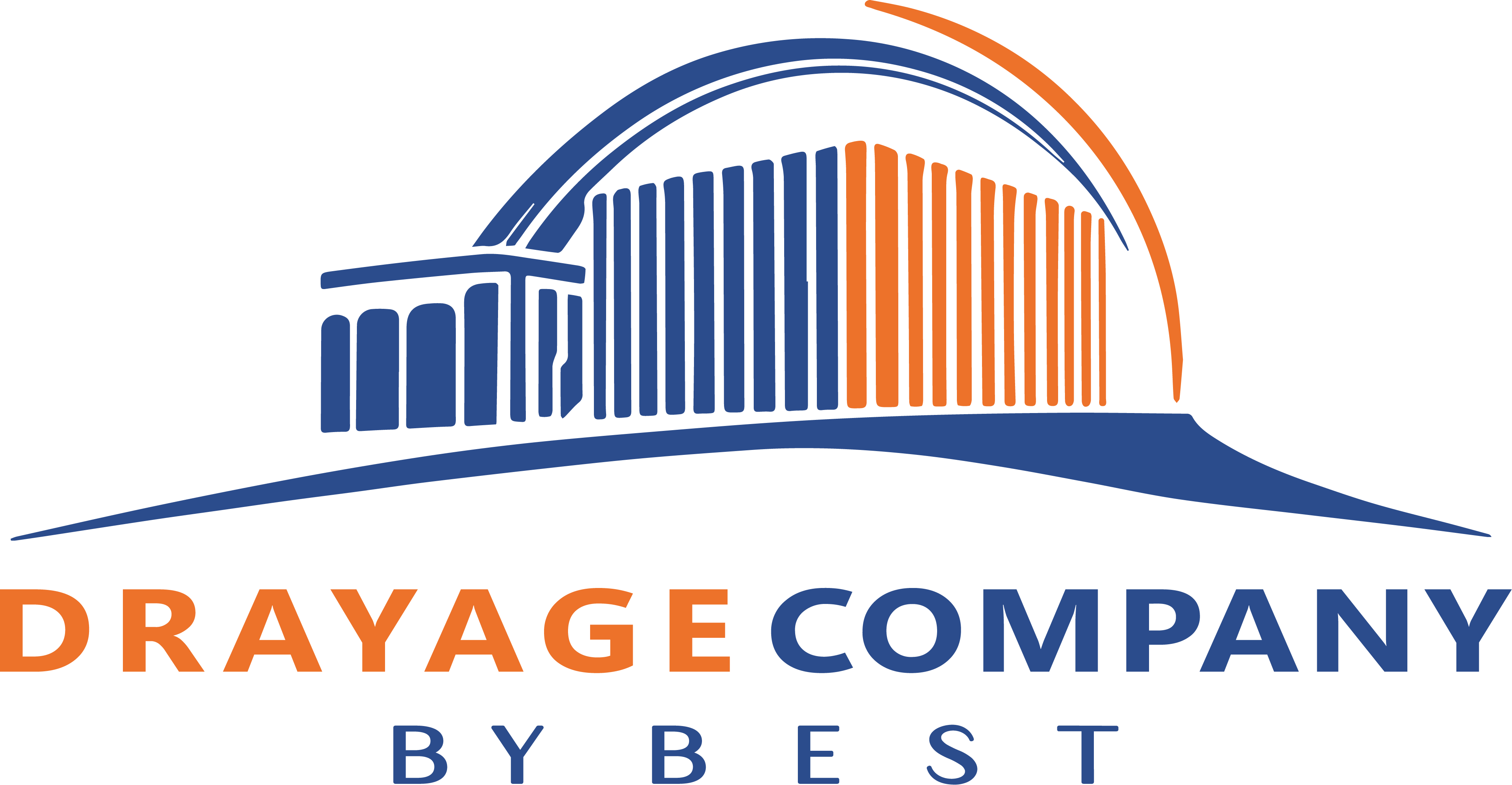The trucking industry has always relied on fast, clear, and reliable communication. Long before smartphones and navigation apps, truck drivers used CB (citizens band) radios to coordinate, share warnings, and stay connected during long stretches of highway. Over time, this method of communication developed into a unique culture of codes, slang, and shorthand that drivers still use today.
Wondering how truck drivers communicate? Let’s dive in.
Table of Contents
Key Takeaways |
✔ Truckers used CB radios to stay safe, save time, and build a sense of community that shaped the culture of the road.
✔ Channel 19 became the universal meeting place for drivers, and the phrase “breaker breaker 1-9” served as the polite way to request airtime.
✔ The breaker breaker 19 meaning reflects respect and organization, allowing truckers to join conversations without interrupting others.
✔ Trucker language evolved into a colorful mix of codes, slang, and expressions that made communication both efficient and entertaining.
✔ Ten-codes like “10-4” and “10-20” gave drivers quick, universally understood shorthand to share essential information.
✔ CB etiquette emphasizes respect, clarity, and brevity so that every driver can share the airwaves fairly and effectively.

The Birth of CB Radios in Trucking
Citizens band radios were introduced in the 1940s for the Citizens Radio Service but became especially popular among truckers in the 1970s. At that time, truck drivers faced long hours on isolated highways with limited ways to share important updates. CB radios offered an instant and affordable way to connect.
Drivers could talk with others nearby, warn about hazards, or simply break the monotony with conversation. By the 1980s, CB radios were a staple in nearly every commercial truck in America.
Why Communication Mattered
CB radios served several vital purposes:
- Safety: Truckers warned each other about accidents, roadblocks, and dangerous weather.
- Efficiency: Sharing information about detours, weigh stations, or traffic jams saved time and fuel.
- Community: Life on the road can be lonely, but radio chatter kept drivers connected and entertained.
Truckers didn’t just communicate—they created a culture. Over time, they developed trucker language with its own codes, inside jokes, and traditions that defined the profession.
Channel 19 and the Famous Phrase “Breaker Breaker 1-9”
Every CB radio has 40 channels, but one stands above them all: Channel 19. This frequency became the standard “meeting place” for long-haul drivers. Whether traveling across states or waiting at a truck stop, truckers knew they could tune to Channel 19 and instantly connect with others.
What Does Breaker Breaker 1-9 Mean?
The phrase “breaker breaker 1-9” is one of the most recognizable expressions in trucking culture. But what does breaker breaker 1-9 mean exactly?
- Breaker: The word “breaker” signals that someone wants to interrupt or break into the conversation.
- 1-9: Refers to Channel 19, the main trucker communication channel.
In short, Breaker breaker 1-9 means they’re politely asking permission to speak on Channel 19.
Breaker Breaker 19 Meaning in Practice
The breaker breaker 19 meaning goes beyond just radio etiquette. It symbolizes respect on the airwaves. Instead of barging into a conversation, drivers follow this protocol to keep communication organized and civil.
For example:
Caller: “Breaker breaker 1-9, anyone got your ears on?”
Response: “Go ahead driver, this is Midnight Rider, what’s your 20?”
Here, “what’s your 20” means “what’s your location,” showcasing how trucker lingo combines codes and slang.
Trucker Language as a Cultural Tool
Trucker language isn’t just about relaying directions—it’s about building camaraderie. Over decades, truckers developed colorful words and phrases that add humor, personality, and efficiency to conversations.
Common Ten-Codes Every Driver Knows
Ten-codes are shorthand numeric signals, many borrowed from law enforcement. They let truckers communicate quickly without lengthy explanations.
- 10-4: “Message received” or “okay.”
- 10-7: “Out of service” or “signing off.”
- 10-9: “Repeat your last transmission.”
- 10-13: “Need road or weather report.”
- 10-20: “What’s your location?”
- 10-33: “Emergency situation.”
- 10-100: “Bathroom break.”
Knowing these codes is part of mastering trucker language.
Everyday Trucker Lingo and Slang
Alongside codes, truckers rely on colorful slang that brings their conversations to life. Some popular terms include:
- Bear / Smokey: Police officer (especially highway patrol).
- Alligator: A piece of tire tread on the road.
- Chicken Coop: A weigh station.
- Hammer Down: Driving at full speed.
- Front Door / Back Door: Lead and trailing trucks in a convoy.
- Go-Go Juice: Fuel.
- Hundred-Mile Coffee: Very strong coffee to stay awake.
- Lot Lizard: A derogatory term for prostitutes at truck stops.
- Wall to Wall and Treetop Tall: A very strong radio signal.
Each of these expressions is a part of trucker lingo, helping drivers communicate quickly while also injecting personality into otherwise routine conversations.
CB Etiquette: Rules of the Road
CB radio isn’t just a tool—it’s a community space. Because multiple drivers often tune in to the same channel, courtesy is essential. Truckers follow a set of unwritten rules that help keep communication clear, efficient, and respectful:
- Always use “breaker” to enter a channel. This signals to others that you want to join in without abruptly cutting someone off.
- Wait for a response before speaking. Just like raising your hand in a meeting, this ensures conversations don’t collide and everyone gets their turn.
- Avoid hogging airtime with long-winded talk. CB radios are meant for quick, practical exchanges. If you tie up the channel, other drivers might miss urgent warnings.
- Use ten-codes and slang properly to avoid confusion. Misusing a code can cause misunderstandings. For example, confusing “10-4” with “10-20” could turn an acknowledgment into a location request.
- Keep language professional when possible. While slang is part of the fun, avoiding excessive foul language keeps the channel welcoming for all drivers.
Humor and Camaraderie
While efficiency and safety are top priorities, CB chatter is also about keeping spirits high during long hauls. A big part of trucker lingo is humor, and playful banter is often encouraged. Drivers may use funny nicknames, exaggerated slang, or witty one-liners to break the monotony of the road.
For example:
A trucker might jokingly describe an oversized load as “hauling the moon.”
Another might sign off with, “Keep the shiny side up and the rubber side down,” a lighthearted reminder to drive safe.
This back-and-forth creates camaraderie. Even if drivers are hundreds of miles apart in their daily routines, the shared language and humor make them feel like part of a bigger family.
Of course, not all slang has aged well—some terms can be offensive or outdated. Today, many drivers focus on the fun, creative aspects of the lingo while leaving behind the phrases that don’t fit modern standards of respect.

Frequently Asked Questions (FAQs)
What does "rubber ducky" mean in CB talk?
In CB talk, “rubber duck” or “rubber ducky” usually refers to the lead truck in a convoy. Other drivers follow their lead and rely on them for communication and road updates, making the rubber duck a key guide for the group.
How do truckers talk to each other now?
While many still use CB radios, truckers today often communicate through smartphones, GPS apps, and dispatch systems. Still, CB radios remain important for instant, local communication that works even where cell signals fail.
What is a trucker lingo?
Trucker lingo is the unique slang, ten-codes, and expressions that truck drivers use to communicate. It’s a language built for the road that blends practicality with a sense of community.
Why do truckers use channel 19?
Truckers use Channel 19 because it became the universal “trucker channel” on CB radios. It provides a common space where drivers can quickly find each other no matter where they are traveling.
Is CB channel 9 still monitored?
Channel 9 was once dedicated as the CB emergency channel, but today it’s not as closely monitored as it used to be. While some volunteer groups still listen in, most truckers now depend on phones for emergency calls.
Let’s Keep Your Freight on the Right Channel
Clear communication has always been the backbone of trucking—whether it’s a quick “breaker breaker 1-9” over the CB or modern dispatch systems keeping freight on track. The same principle drives success in logistics: when communication flows, deliveries move seamlessly.
That’s exactly what you get with Drayage Company by Best in New York City. From drayage trucking to container and intermodal drayage, we keep your cargo moving with efficiency, reliability, and the kind of clear coordination businesses can count on.
Ready to put your freight on the right channel? Partner with Drayage Company by Best Logistics Solutions today!

